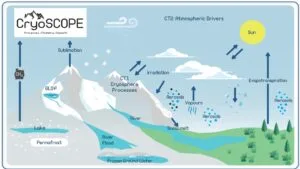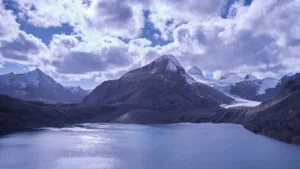FS 3.119
Experiences of Climate Change at the Third Pole
Details
Full Title
FS 3.119: The Third Pole: Examining climate change experiences with indigenous communities in the Indian HimalayasScheduled
TBATBAConvener
Co-Convener(s)
Lundup, JigmetAssigned to Synthesis Workshop
---Thematic Focus
#IMC25, Cryo- & Hydrosphere, Socio-Ecology, Sustainable DevelopmentKeywords
Climate impacts, Glacial melt, Cultural sustainability
Description
The Third Pole: Examining climate change experiences with indigenous communities in the Indian Himalayas, implications for Human Rights and the Rights of Nature” is a social science research project focused on the Indian Himalayas, that aims to understand the dire impacts of climate change on both the peoples and the environment of this critical region. Known as the water tower of the world, the Third Pole (TP) is facing rapid environmental change, laying the ground for irreversible socio-ecological changes not only in the region but the world. The TP is warming at .3C per decade, which is much faster than the global average, which is creating dire effects on the cryosphere (snow cover, glaciers, and permafrost). With temperature rises of “between 1.5°C to 2°C (current levels), the HKH glaciers are expected to lose 30% to 50% of their volume by 2100” (ICIMOD, 2023). The Himalayas are the third largest store of freshwater in the world after the two Poles, and the water from this region sustains two billion people and countless species downstream. The changes now that are happening here have significant global consequences. Thus, this research asks the timely questions: How can we understand the socio-ecological impacts of climate change through the eyes of indigenous communities experiencing these changes on the ground? And: How can we understand these impacts through the lenses of Human Rights and Rights of Nature?

